Choosing a phone used to be a ‘go and grab one with the highest specs under budget’ thing. But buying a smartphone in 2025 is no longer just about picking the device with the biggest screen or the most megapixels. Smartphones have evolved into all-in-one gadgets that handle communication, entertainment, work, payments, and even health tracking. With new technologies like 5G, eSIM, AI-driven cameras, and foldable displays entering the mainstream, choosing the right phone has become both exciting and challenging. Whether you’re a casual user or a power-hungry gamer, knowing which factors matter most will save you money and help you get the best value.
10 Things to Look For on Smartphone Purchase
- Budget
- Performance
- Battery Life & Charging Speed
- Display Size & Type
- Camera Quality
- Storage Options
- 5G & Connectivity
- Operating System & Updates
- eSIM & Future-Proofing
- Extra Features
1. Budget
Budget remains the single most important factor in smartphone shopping. In Bangladesh, smartphones typically fall into three broad categories: budget devices under 30,000 BDT, mid-range phones in the 30,000–80,000 BDT range, and flagship models that can cost over 100,000 BDT. Each segment serves different types of users.
Budget phones today offer excellent value, with large displays, 5G connectivity, and decent cameras. Mid-range devices often include AMOLED screens, faster charging, and higher-quality builds, making them the sweet spot for most users. Flagships, on the other hand, focus on cutting-edge innovation such as foldable designs, advanced AI features, and the latest chipsets, but they come at a premium.
When setting your budget, think carefully about what you really need. Do you want a long-lasting device for daily social media use, or do you need a gaming powerhouse? Deciding early will save you from overspending on features you might never use.
2. Performance (CPU & RAM)
Performance is the heart of a smartphone. In 2025, processors like the Qualcomm Snapdragon 8 Gen 3, Apple A19 Bionic, MediaTek Dimensity 9300+, and Samsung Exynos 2400 dominate the market. These chipsets handle everything from gaming to multitasking to AI-based functions.
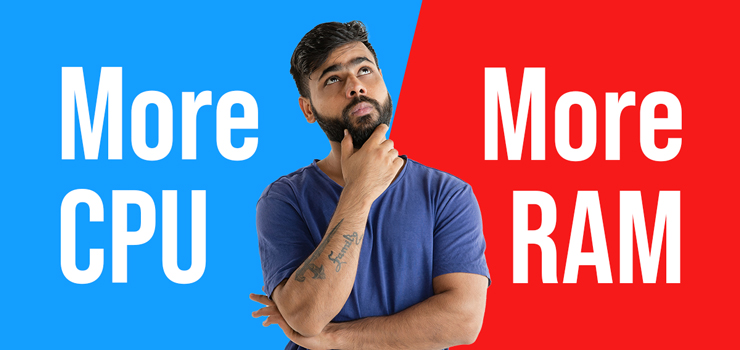
If you are a light user who wants a phone for browsing, messaging, and streaming videos, then a mid-range processor with 4–6 GB of RAM will serve you well. For gamers, vloggers, or professionals who edit photos and videos on the go, 8–12 GB of RAM paired with a high-performance chipset is ideal. Some flagships even come with 16 GB RAM, but that’s mostly overkill unless you’re into heavy gaming or advanced creative tasks.
Don’t just look at raw numbers. Check benchmarks, user reviews, and real-world performance. A smooth, responsive phone is better than one with big specs but poor optimization.
3. Battery Life & Charging Speed
Battery life is one of the most practical considerations. Most smartphones in 2025 pack 4500–5000 mAh batteries, which easily last a day with regular use. However, gamers, streamers, and vloggers may want even bigger batteries or optimized software that extends usage time.
Charging technology has improved dramatically. While 18W fast charging used to be a premium feature, today many phones offer 65W, 100W, or even 150W charging speeds. This means you can get a 50% charge in just 10–15 minutes. Wireless charging has become common in mid-to-high-range phones, while reverse wireless charging allows you to power accessories like earbuds or smartwatches using your phone.
When choosing, look beyond battery size. Check whether the phone supports USB Type-C Power Delivery (PD), as it ensures faster and safer charging. For those always on the move, a phone with both fast wired and wireless charging is a real advantage.
4. Display (Size, Type & Refresh Rate)
The display is the first thing you interact with, so it’s crucial to get it right. Most smartphones in 2025 come with 6.5–7.2-inch displays, offering immersive viewing experiences. Foldable models like Samsung’s Z Fold or Huawei’s Mate X series even give you tablet-like screens in compact designs.
Display technology matters too. IPS LCD panels are still found in budget devices because they are affordable and reliable. However, AMOLED and Super AMOLED displays dominate the mid-to-premium segments, providing richer colors, deep blacks, and higher brightness levels. Premium flagships now feature LTPO OLED panels, which intelligently adjust refresh rates to save battery life.
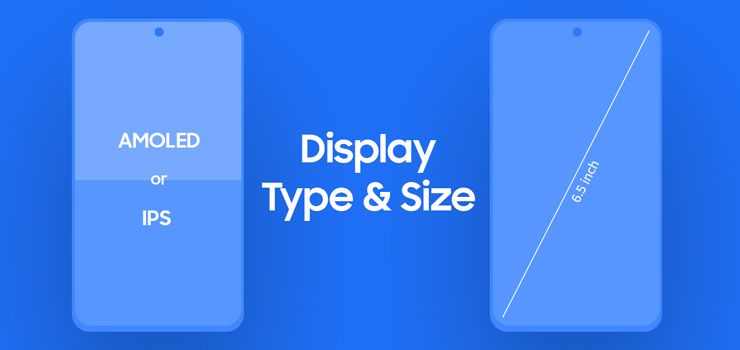
Speaking of refresh rates, anything below 90Hz feels outdated today. Most mid-range and flagship devices offer 120Hz smooth displays, making scrolling, gaming, and video playback more enjoyable. Some gaming phones even go up to 144Hz. If you love content, a high-resolution AMOLED display with at least a 120Hz refresh rate should be a top priority.
5. Camera Quality & AI Features
Smartphone photography has seen the biggest leap in recent years. In 2025, even budget smartphones offer multiple cameras and solid low-light performance. But the real game-changer is AI-assisted photography, which enhances images in real time.
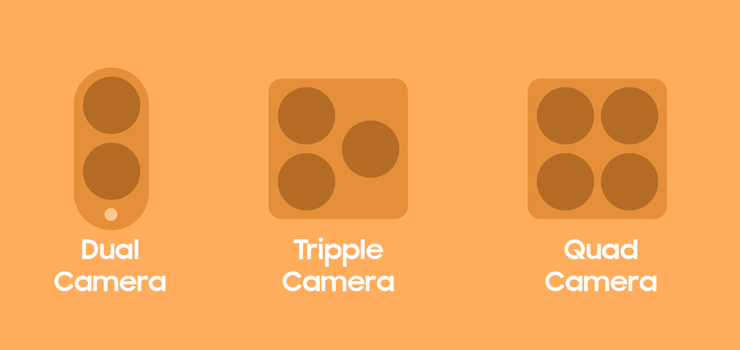
Flagship models boast quad-lens setups with wide, ultra-wide, telephoto, and macro sensors. They can record videos in 4K and 8K, with features like optical image stabilization, cinematic video modes, and pro-level manual controls. AI tools now assist with night photography, portrait enhancements, object recognition, and background adjustments, making professional-quality photos possible with just one tap.
For vloggers and selfie enthusiasts, front cameras have also improved, with 32MP or higher resolutions, autofocus, and 4K video capabilities. If you take lots of photos and videos, make sure to compare real-life samples before buying.
6. Storage & Cloud Options
Storage is another critical factor. In 2025, most phones start at 128 GB, with options going up to 1 TB in flagship models. Considering the size of today’s apps, games, and high-resolution videos, having at least 128 GB is necessary.
For moderate users, 128–256 GB will be enough. But if you record 4K/8K videos, download large files, or store lots of games, 512 GB or more is recommended. While many smartphones now skip microSD expansion slots, cloud storage options like Google Drive, iCloud, and OneDrive provide flexible solutions.
If you plan to keep your phone for several years, it’s safer to go with higher storage since media quality and file sizes will only grow.
7. 5G & Connectivity
5G Network Services Launched in Bangladesh in 2025. So, 5G is no longer a luxury; it’s a standard now. Even mid-range phones in Bangladesh now support 5G, offering blazing-fast downloads, smoother video calls, and lag-free online gaming. When buying, make sure your phone supports local 5G bands for maximum compatibility.
Other connectivity features to check include:
- USB Type-C 3.0 or higher for faster data transfer
- Wi-Fi 6 or Wi-Fi 7 for better wireless speeds and stability
- Bluetooth 5.3 for efficient wireless connections
- NFC for contactless payments
- OTG support for connecting flash drives and accessories
Connectivity directly affects usability, so a future-proof smartphone should have the latest standards.
8. Operating System & Updates
The smartphone experience is heavily influenced by the operating system. In 2025, you mainly have two options: iOS and Android.
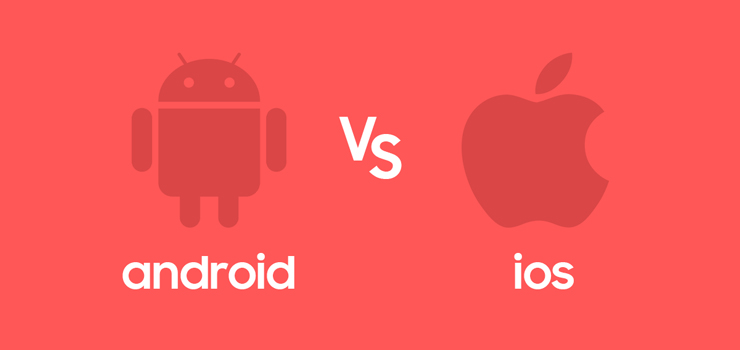
iOS (Apple): Known for smooth performance, long-term updates, and security. It integrates perfectly with other Apple devices like MacBooks and iPads.
Android: Offers more flexibility and customization. Different brands like Samsung, Xiaomi, and OnePlus put their own spin on Android with custom skins such as One UI, MIUI, or OxygenOS.
Software updates are vital. Some Android brands now promise 4–5 years of OS updates and even longer security support. Apple, on the other hand, typically supports devices for 5–6 years. If you plan to keep your phone long-term, ensure it gets regular updates.
9. eSIM & Future-Proofing
eSIM is rapidly gaining popularity in Bangladesh. Instead of using a physical SIM card, an eSIM lets you activate a mobile plan digitally. This means you can switch between carriers more easily and use multiple numbers on the same device.
Many phones now come with dual SIM setups (physical + eSIM), making them flexible for both personal and professional use. As Bangladesh moves toward digital telecom infrastructure, buying a phone with eSIM support will keep you ready for the future.
10. Foldables, Durability & Extra Features
Smartphones in 2025 are more versatile than ever. Foldable phones, once experimental, are now mainstream. Devices like the Samsung Galaxy Z Fold, Z Flip, and Huawei Mate X series combine portability with productivity, offering larger displays for work and entertainment.
Durability is also important. Look for phones with IP67 or IP68 ratings, meaning they are resistant to water and dust. Gorilla Glass Victus 2 and other strengthened materials are also becoming common. For creative professionals, features like stylus support (Samsung Galaxy S Ultra series) are useful. AI-driven tools such as real-time translation, document scanning, and voice assistants are now built into many phones, adding everyday convenience.
These features may not be must-haves for everyone, but they highlight how smartphones are becoming smarter and more adaptable.
Top Smartphone Brands to Consider in 2025
As of 2025, the smartphone market is more competitive than ever, with brands pushing innovation in performance, design, and pricing. Each brand shines in different areas, making it important to choose based on what you value most, whether it’s ecosystem, camera, gaming performance, or affordability. Here are some of the top brands to consider:
- Samsung – A leader in innovation with foldables, AMOLED displays, and feature-packed Galaxy S and Z series.
- Apple – Famous for its seamless iOS ecosystem, long software support, and unmatched performance with the latest A19 Bionic chip.
- Google Pixel – Known for pure Android, best-in-class AI-powered cameras, and regular updates.
- Xiaomi Redmi – Offers incredible value for money with powerful specs at competitive prices, especially in the mid-range.
- Realme – Popular among young users for trendy designs, fast charging, and affordable 5G models.
- OnePlus – Known for smooth performance, OxygenOS, and strong balance between flagship features and pricing.
- OPPO – Stylish smartphones with excellent cameras, fast charging, and innovative features in both mid-range and premium lines.
- Vivo – Focused on photography, sleek designs, and balanced performance at competitive prices.
- Infinix – Strong budget-friendly options with large batteries and solid gaming performance for entry-level buyers.
- Tecno – Affordable phones with great value, focusing on big displays, long-lasting batteries, and reliable performance.
- HONOR – Gaining popularity with premium designs, high-quality cameras, and competitive pricing in both mid-range and flagship categories.
No single brand is “best” for everyone. Samsung and Apple dominate the premium segment, while Xiaomi, Realme, and Honor offer solid choices for budget and mid-range buyers. Google Pixel and OnePlus provide a clean Android experience with excellent performance.
Where to buy the best Smartphone in Bangladesh?
Choosing a smartphone in 2025 is about balancing budget, performance, and future-proofing. With so many brands and models available, it’s easy to get lost in technical jargon and flashy marketing. But by focusing on these 10 key factors: budget, performance, battery, display, camera, storage, connectivity, operating system, eSIM, and innovation, you’ll be able to pick a phone that truly matches your needs.
And remember to always buy from an official store like CCTV Shop. Doing so ensures that you get a genuine product, full warranty, and reliable after-sales support. Whether you’re after a budget-friendly device or the latest flagship, CCTV Shop offers a wide range of authentic smartphones from top brands worldwide.
Frequently Asked Questions (FAQ) About Buying Smartphones in 2025
1. What is the best budget smartphone in 2025?
The best budget smartphone depends on your needs, but brands like Xiaomi, Realme, Infinix, and Tecno offer excellent options under 30,000 BDT with 5G support, large displays, and solid cameras.
2. How much RAM do I need in 2025?
For light users, 4–6 GB RAM is enough. Gamers and heavy users should aim for 8–12 GB RAM for smooth multitasking and performance.
3. Are 5G phones worth it in Bangladesh?
Yes. With 5G expanding across Bangladesh, even mid-range smartphones support it. A 5G phone ensures faster speeds, smoother streaming, and longer future-proofing.
4. How important is fast charging?
Very important. In 2025, many phones support 65W–150W charging, allowing 50% charge in 10–15 minutes. If you’re always on the move, fast charging is a must-have feature.
5. Should I buy a foldable smartphone in 2025?
Foldables are now more durable and practical than before. If you want productivity and entertainment on a large display but with portability, foldables like Samsung Z Fold or Flip are great options.
6. Do I need eSIM support in Bangladesh?
Yes. eSIM is gaining popularity and will soon become standard. Having eSIM support ensures your phone stays compatible with future telecom upgrades.
7. How much storage is enough in 2025?
For average users, 128–256 GB storage is sufficient. If you shoot a lot of 4K/8K videos or play heavy games, consider 512 GB or 1 TB.
8. Which smartphone brand is best for cameras?
For photography, Apple iPhones, Google Pixel, and Vivo/OPPO flagships stand out with AI-powered enhancements, low-light performance, and pro-level video features.
9. How long will my smartphone last?
A well-maintained smartphone can last 3–5 years. Look for models with long software update support—Apple and Google lead in this area, while Samsung and OnePlus also offer extended updates.
10. Where should I buy my smartphone in Bangladesh?
Always purchase from an official store like CCTV Shop. You’ll get genuine products, official warranty, and after-sales support that isn’t guaranteed from unauthorized sellers.

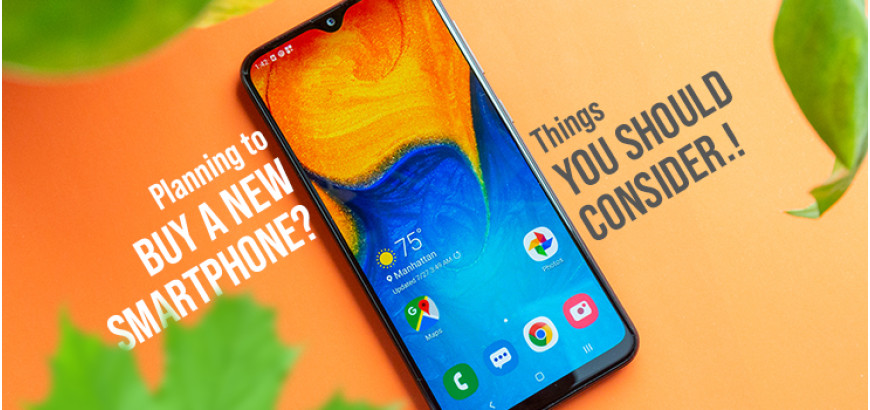

Comments
There are no comments for this Article.